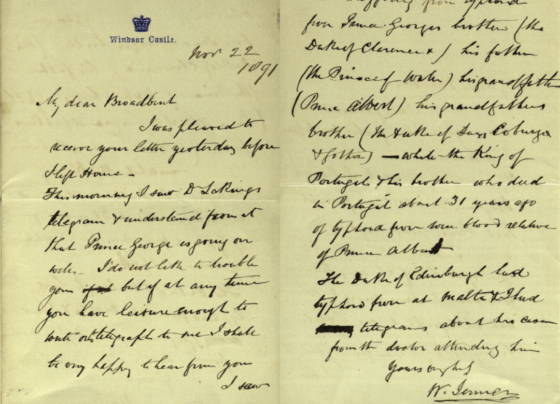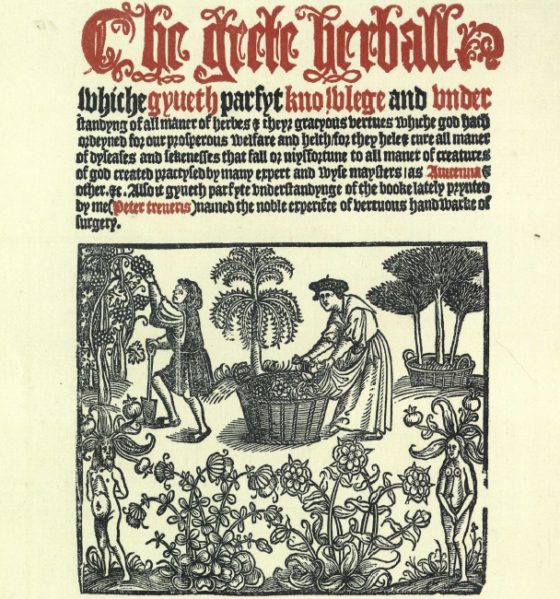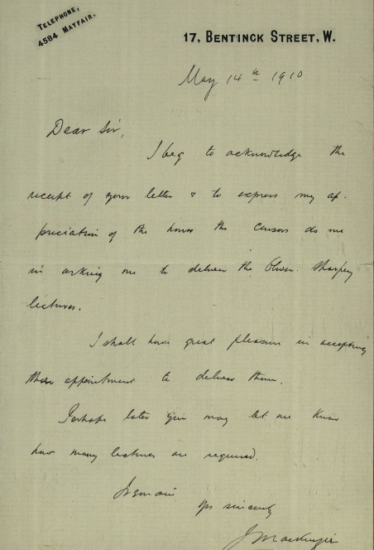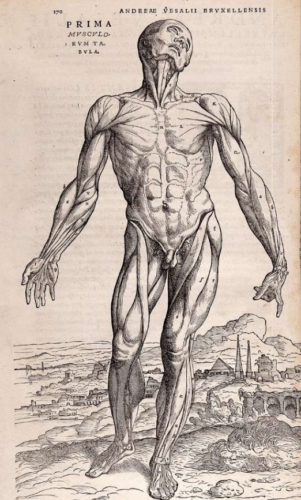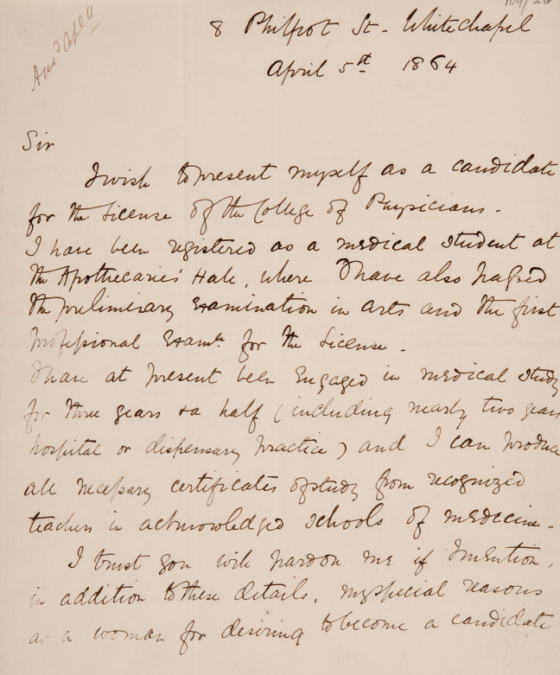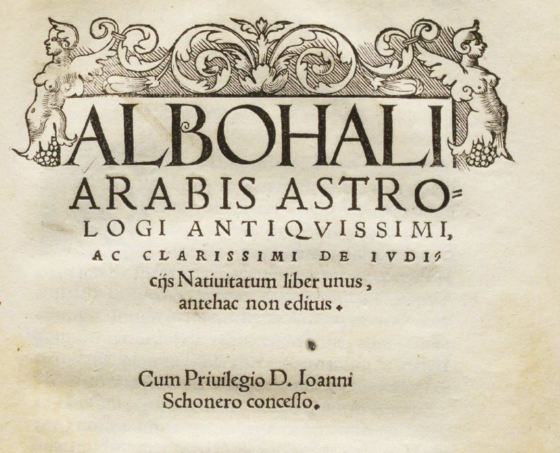Examining 700 years of trusted, historic medical research
The Royal College of Physicians was founded in 1518 by King Henry VIII, in response to a critical need for more stringent guidelines around the medical practice. It is the oldest medical college in England, and a leading professional membership body for physicians, with 37,000 members and fellows worldwide.
The organization works to improve health by influencing the way that healthcare is designed and delivered, promoting good health, preventing disease and enabling physicians to fulfill their potential.
Centuries after its founding charter, the Royal College of Physicians continues to play a pivotal role in setting and raising medical standards, and improving the health of the global population.
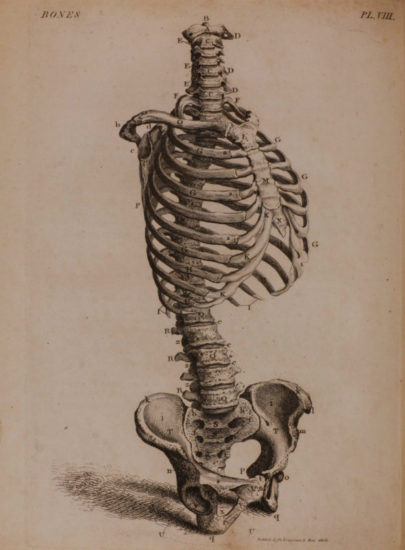
The history of medicine—from folklore to modern public health policy
The Royal College of Physicians archive, which ranges from the year 1205 through 1980, reflects the history and development of modern Western medicine, while documenting the interactions of the medical community with monarchs, politicians, and the general public.
Collections within this two-million-image archive cover a broad range of topics, from astronomy and anatomical studies to neurology and botanical research.
There is also a good deal of information related to the establishment of medical practice standards and medical education, as well as the formation of specialized fields of practice as we know them today.
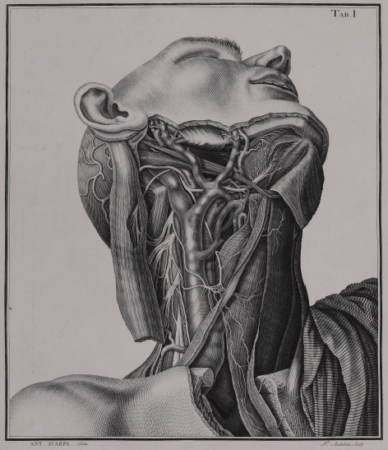
Subjects and Themes
- Anatomy
- Biology
- Biomedical Science Development
- Clinical Medicine
- Drug and Vaccine Development
- History of Medicine and Mental Health
- History of Vaccination
- History of Pharmacology
- Medical Humanities
- Medical Science and Research
- Medical Treatments
- Military Medicine
- Nomenclature of Diseases
- Non-Western Medicine
- Pandemics in History
- Post-Traumatic Stress Disorder Discovery and Diagnosis
- Public Health
- Vaccination Programs and Policy
- World Health
Primary Source Materials
- Books
- Committee Records
- Correspondence
- Domestic Recipe & Medical Manuals
- Early Medical Textbooks & Education
- Grants, Charters & Statutes
- Illustrations, Sketches & Drawings
- Journals
- Manuscripts
- Maps
- Medical Textbooks
- Medieval & Early Modern Texts
- Pamphlets
- Personal Papers
- Proceedings
- Reports
- Surveys & Questionnaires
- Treatment Records
Inside the Archive

Drawing of stomach and gall bladder, with arteries leading to stomach and gall bladder, unknown artist. 
Five vaccination certificates, Ostrow, Poland, issued to Lewkowitsch family. Regulation of Clinical Practice
and Standards, 1855-1876.
Dr. Payne's Paper on English Herbals. Joseph Frank Payne, RCP Library, 
Engravings of the Bones, Muscles, and Joints Illustrating the First Volume of the Anatomy of the Human
Body. John Bell, 1810.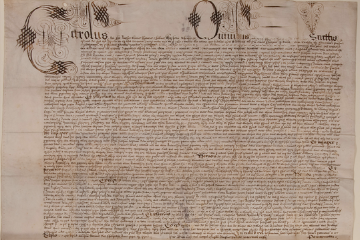
Letters Patent of Charles I under the Great Seal granting a General Pardon to Dr. William Harvey. February 10, 1625-February 10, 1626. 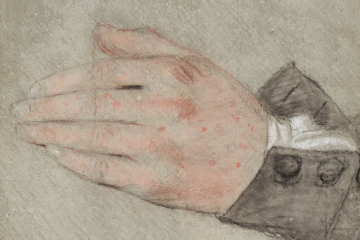
Water colour drawings of skin diseases. Thomas Bateman, Bateman, Thomas, 1797-1814.
Highlights
Advisory Board
Tilli Tansey, OBE
Emeritus Professor of the History of Modern Medical Sciences, Honorary Archivist at The Physiological Society, Honorary Fellow of the Royal Society of Medicine, and Honorary Fellow at the Royal College of Physicians
Queen Mary University of London
Jacob Steere-Williams
Assoc. Professor, Department of History, Director, Public Health B.A., and Book Reviews Editor, Journal of the History of Medicine and Allied Sciences
College of Charleston
Pamela Forde
Archive Manager
Royal College of Physicians
Katie Birkwood
Rare Books and Special Collections Librarian
Royal College of Physicians


